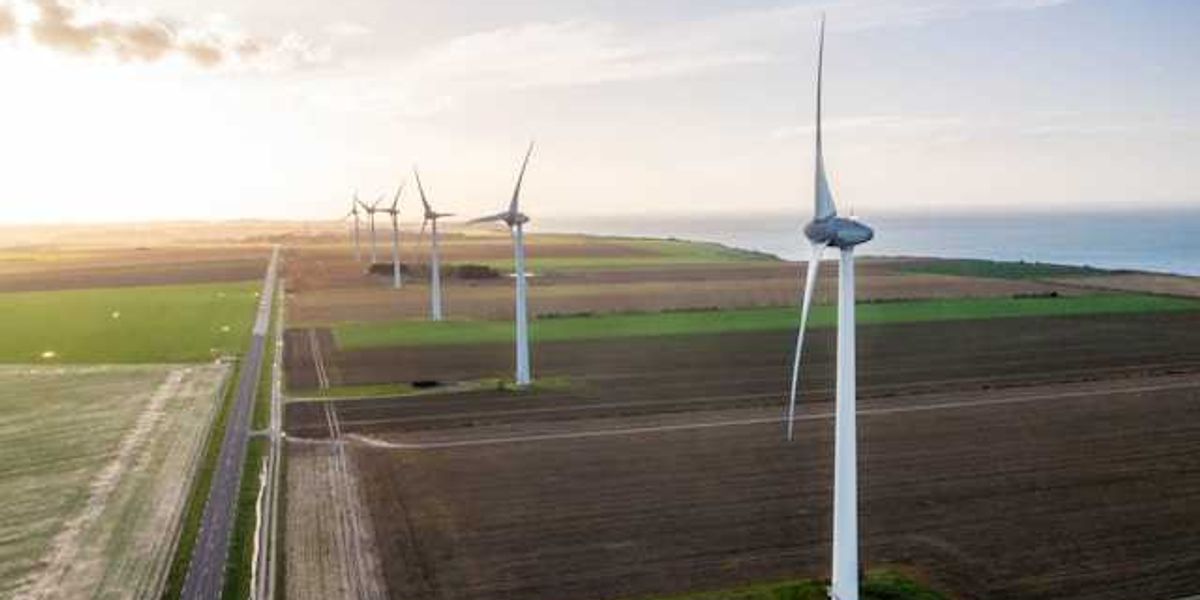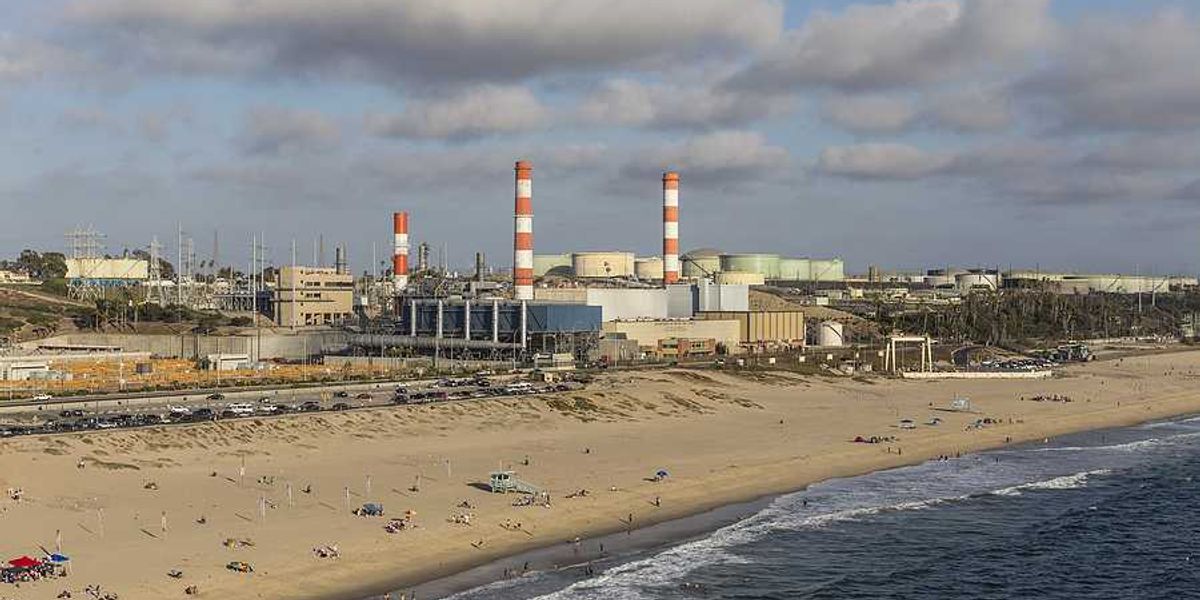
Micro nuclear reactors poised to power mines and factories as safety debate flares
A truck-size atomic power unit slated for an Idaho gold mine signals a broader bid to scatter hundreds of mini-reactors across the United States.
Evan Halper reports for The Washington Post.
In short:
- At least six companies are building micro-reactors that generate about 1 megawatt — enough for 1,000 homes — using helium, molten salt, or air cooling instead of water.
- The U.S. Department of Energy will test several designs at Idaho National Laboratory and hopes the first commercial units will run by 2028, with widespread deployment planned for the early 2030s.
- Skeptics cite unresolved questions about accident risks, enriched uranium supply, and long-term waste storage; one Wyoming community is already pushing back against plans to stockpile spent fuel.
Key quote:
“The idea that we will start trucking these all over country, putting them in nooks and crannies in populated areas next to data centers and factories without any off-site emergency planning, is just madness.”
— Ed Lyman, director of nuclear power safety at the Union of Concerned Scientists
Why this matters:
Micro-reactors promise steady, carbon-free electricity for remote mines, data centers, and military bases that now burn diesel or coal. Each unit could run five years without refueling, shrinking greenhouse emissions and relieving stressed grids. Yet the pellets of high-assay uranium that make the systems compact also complicate global safeguards, and no U.S. site can yet bury their intensely radioactive cores for millennia. Dispersing hundreds of reactors would multiply transport routes for fuel and waste, raising the odds of leaks or theft. Communities near proposed factories and storage yards fear they could become de facto nuclear dumps. As AI, electric vehicles, and crypto facilities hunt for round-the-clock power, the nation faces a pivotal choice between embracing a new nuclear frontier and enforcing hard limits on a technology still searching for a permanent home for its hazardous waste.
Learn more: Wyoming weighs nuclear waste storage rule change amid public pushback over microreactor plant













